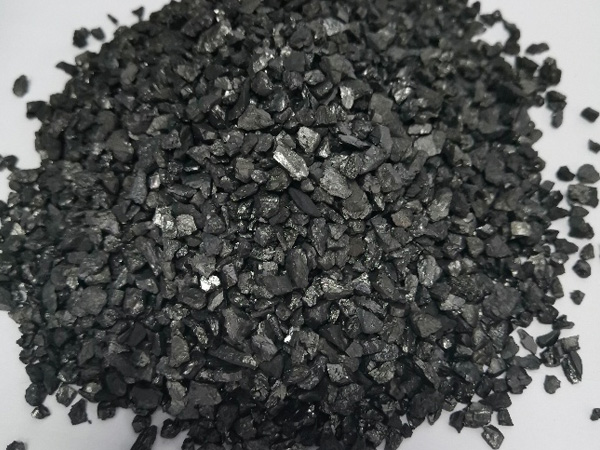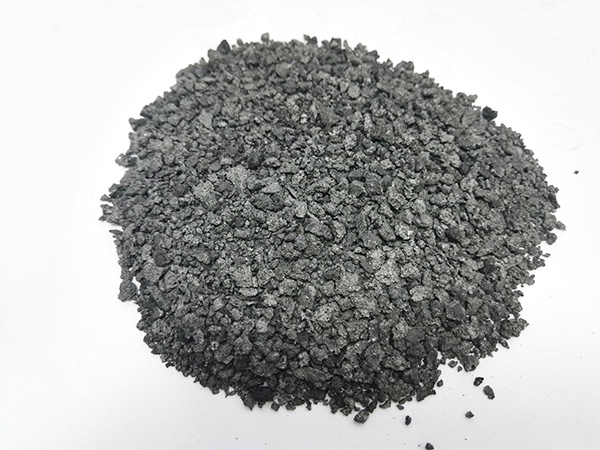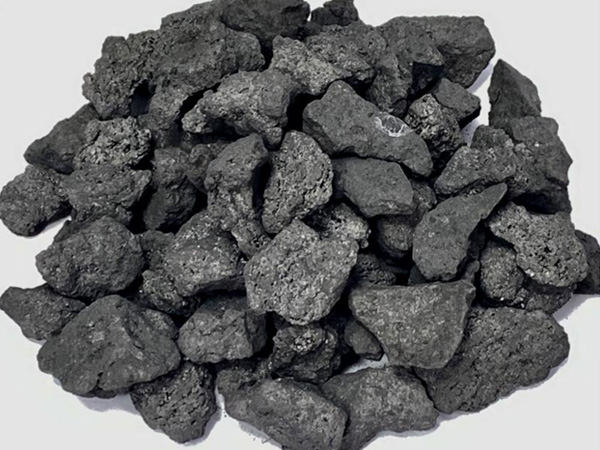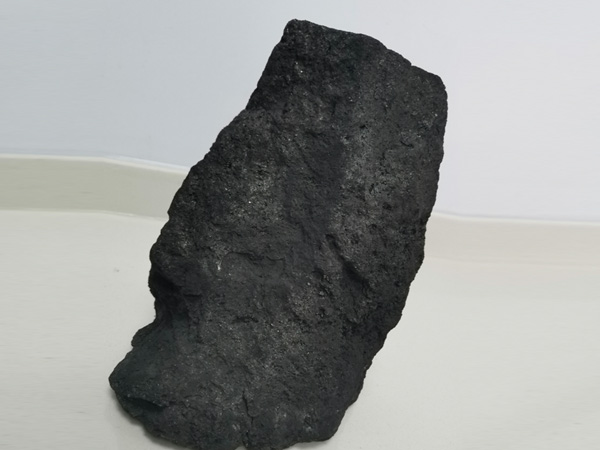Main uses of graphitized petroleum coke
2024-05-09 16:59:22
Main uses of graphitized petroleum coke
Graphitized petroleum coke is specifically used in prebaked anodes and anode pastes for electrolytic aluminum, carbonizers produced in the carbon industry, graphite electrodes, silicon in the smelting industry and fuels.
According to the structure and shape of petroleum coke, petroleum coke products can be divided into four types: needle coke, sponge coke, projectile coke and powder coke:
1. Needle coke has a significant needle-like structure and fiber texture, and is specifically used for high-power and extremely high-power graphite electrodes in steelmaking. Because needle coke has strict quality index requirements in terms of sulfur content, ash content, volatile matter, true density, etc., there are special requirements for the production process and raw materials of needle coke.
2. Sponge coke has the characteristics of high chemical reactivity and low impurity content. It is mainly used in the aluminum smelting industry and carbon industry.
3. Projectile coke or spherical coke: the shape is round or spherical, and the diameter is 0.6-30mm. It is usually produced with high-sulfur and high-asphaltene residual oil and can only be used as fuel in power generation, cement and other industries.
4. Powder coke: Through flow coking technology, the particles are fine (diameter 0.1~0.4mm), high volatility, high thermal expansion coefficient, and cannot be directly used in the preparation of electrodes and the carbon industry. According to the sulfur content, it is divided into high sulfur coke (sulfur content above 3%) and low sulfur coke (sulfur content below 3%). Low-sulfur coke can be used as anode paste for aluminum plants, pre-baked anodes and graphite electrodes for iron-making plants. Medium and high-quality low-sulfur coke (sulfur content less than 0.5%) can be used to produce stone electrodes and carburizers. -High-quality low-sulfur coke (sulfur content less than 1.5%) is often used to bake anodes before production. Low-quality petroleum coke is mainly used in the silicon refining industry and the production of anode paste. Fuel used in cement plants and power stations.
In the case of graphite electrodes for steelmaking or anode pastes (melting electrodes) for aluminum and magnesium, in order to adapt petroleum coke (green coke) to the requirements, the green coke must be calcined. The calcination temperature is usually around 1300°C, and the purpose is to remove the volatile components in petroleum coke as much as possible. This can reduce the hydrogen content in petroleum coke recycled products and increase the degree of graphitization of petroleum coke, thus improving the high-temperature strength and heat resistance of graphite electrodes and improving the conductivity of graphite electrodes. Calcined coke is mainly used to produce graphite electrodes, carbon paste products, silicon carbide, food-grade phosphorus industry, metallurgical industry, calcium carbide, etc. The most widely used is graphite electrodes. It can be directly used as calcium carbide as the main raw material of calcium carbide without calcination, and can also produce silicon carbide and boron carbide as abrasives. It can also be directly used as coke for blast furnaces in the metallurgical industry or carbon bricks lining blast furnace walls, and can also be used as dense coke for casting processes.

Calcined anthracite coal is anthracite that has been heat-treated and raw comes from the hi...

Coke Dry Quenching is an alternative to the traditional wet quenching of the coke. Coke is ...

Coke Breeze is the by-product which is produced from the process of coke fragment, transpor...

Metallurgical Coke plays an important role in melting furnace charge and overheat the molte...



